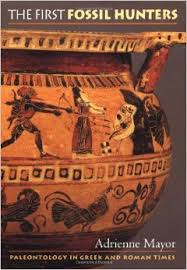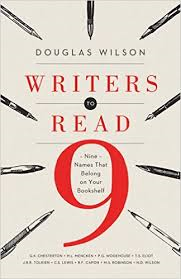We had the amazing privilege of attending the swearing-in ceremony of a new Member of Parliament. Although it was a unique homeschooling moment, it was so much more than that and I don’t think we will ever forget it. Neither will the staff, I think, for our group sang ‘O Canada’ with a gusto they were not expecting. What’s more, we knew the final stanza which they had never heard of. And Miss 13 claims she saw the bullet holes of last year’s shooting….
For the first time ever we took an extra reading week. It was good; the girls read a lot and I was able to get a few other things done: I froze some kale, started making some curtains, and read way too many books.
And, yes, we did do ordinary schoolwork of all sorts, too. The girls took some tests in various subjects and they went well. That is always so encouraging for everyone! We also did an extraordinary amount of reading aloud. Stories are, after all, the best way of developing a relationship with a topic, and sharing a story is one of the joys of life.
Although my older three children were able to work somewhat independently and preferred it that way, my younger two need me to work alongside them. It is a completely different way of homeschooling, very satisfying but also enough to make my head feel like a tornado, awhirl with all the topics they are learning. I’ve been learning a bit from Teach Like a Champion Field Guide.
Reading week has taught me the importance of leaving good books lying around. Otherwise, despite the fact that we own thousands of books, ‘there is nothing good to read’. Since the books that capture Miss 15’s attention are adult level nonfiction, I’m kept very busy finding appropriate titles that might interest her, and checking them. And then, occasionally, they are so good I need to read them myself.
Life:
Bunbun has developed a distinct personality. She lives in our verandah but often comes inside to play in the basement. When someone walks downstairs she hops up eagerly, waiting for her forehead to be stroked. When Miss 13 stretched out on the floor to rest one afternoon, ignoring Bunbun, our gentle rabbit lost her temper and started thumping her hind leg. My husband has started calling her Atilla the Bunbun.
This week the dogs treed a mink in the top of a lilac bush, or maybe it was a young fisher. Scary! Miss 13 raced outside to help the dogs catch it, and when I warned her that they could be dangerous, she pointed out she was putting on a tough denim jacket and Daddy’s thick leather gloves. Fortunately for everyone involved, the mink/fisher streaked away in a brown blur; we all enjoyed the excitement but no one got hurt.
For the first time this year, we have had events cancelled because of freezing rain. Winter is approaching, very slowly, but I still do not feel ready. We try to spend some time outside each day, enjoying the unseasonably warm weather.
The ground is not yet frozen, and we still have kale growing in the garden. I’ve been freezing it, slowly since I am not strong enough to do a lot of that at a time. Yet organic kale is so worth it. We eat it regularly mashed with potatoes and onions, with sausages added, and there are so many other yummy ways to enjoy it.
Miss 13 has started making a quilt out of old jeans after finishing her braided rug, which will probably become a pillow top.
Miss 15 has been working in the retail Christmas rush, selling all sorts of ethnic treats and practicing her Dutch. A part time job can be a beautiful thing.
Books:
I’ve finished Ezra, Nehemiah, and Esther and am beginning Job. This time I’m planning to read Mason’s The Gospel According to Job as I go through the Bible book. I’ve also finished The Dorito Effect, McCaughrean’s Canterbury Tales, and Money Making Mom, and am currently reading too many other books: Do You Call This a Life?; Sometimes You Win, Sometimes you Learn; Total Recovery; and Stepping Up. For homeschool I’m reading these books one chapter or story at a time: The Hittite Warrior, Trial and Triumph, King Alfred’s English, Pilot Literature 3, Story of the World 4. Currently on hold: How to Really Love Your Child, Joy at the End of the Tether, The Traveler’s Gift.
The girls have been reading Louis L’Amour, Enid Blyton, Total Recovery, Sometimes You Win Sometimes You Learn for Teens, the Hardy Boys, McCaughrean’s Canterbury Tales, and Never Turn Your Back on an Angus Cow.
Reading aloud:
Pegeen and the Pilgrim, The Mouse on Wall Street, Isaiah, and Romans. My husband also treated us to his favorite poet, Kipling. There’s nothing quite like sitting in front of the fire listening to Kipling being read aloud.
Watching:
- The Stratford Adventure, about the beginning of the Stratford festival, to tie in with Pegeen and the Pilgrim.
- The Nile: Lifeblood of Egypt, a documentary that treats Bible stories matter-of-factly and assumes they are true.
- Planet Earth: Grasslands, another one of the BBC’s outstanding nature documentaries.
- Miss 15 has been watching Top Gear.
Recommended Links:
As winter approaches, we can learn a lot from the Norwegians who stay cheerful during their long, dark months.
—
This post is linked to Kris’s Weekly Wrap Up and Finishing Strong.


